Upgraded beam detectors improve performance and reduces costs

System Sensor Europe has upgraded its Series 6500 intelligent beam smoke detectors to improve performance and reduce the total cost of installation and ownership. A detector can protect up to 1500 m2, making it very effective in protecting shopping-centre atria, concert halls, historic buildings, warehouses and other large areas with high ceilings.
These sensors identify their type to the panel, reducing installation time. Up to 159 detectors and 159 modules can be supported on a loop, reducing cabling costs. Remotely controllable isolation is built in to reduce the time needed to find cable faults
Sensitivity can be set from the control panel, which can also be used to implement remote testing from ground level.
Series 6500 detectors have four fixed and two automatically variable sensitivity settings. Loop- and externally-powered intelligent sensors are available, as well as conventional units.
These detectors also have a remote test capability that tests their optics and electronics without needing direct access. A filter is moved into the optical path to attenuate the beam and cause an alarm. This testing can be activated from the control panel and satisfies the regulatory authorities by providing a complete check of every component in the alarm path.







